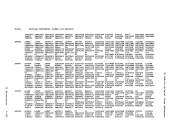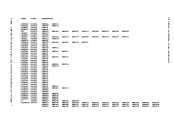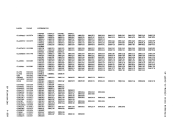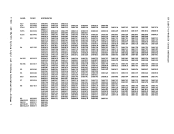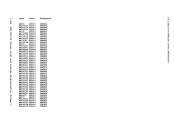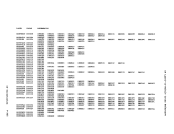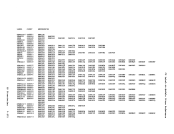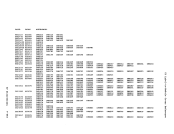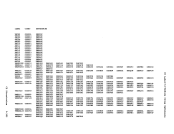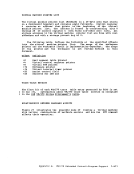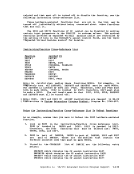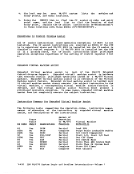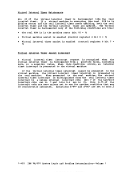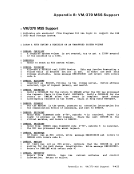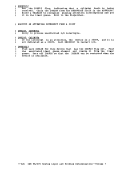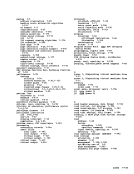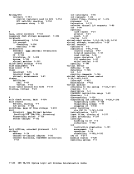a user
virtual machine
shared disk device.
operation against the parameters in the virtual
ensure device integrity.
integrity for data on shared minidisks. Reserve/Release operation codes
are simulated on a virtual basis for minidisks, including full-extent
minidisks. For details on Reserve/Release support, refer to the topic
"Reserve/Release," located under "scheduling
section.
The virtual machine operating
configuration, dynamically, for the duration of the terminal session.
real device; shared, as when mapped to a minidisk or when specified as a
shared virtual device; or spooled by
storage.
In a real
operations are normally initiated when a problem
issue a
recovery is handled by the operating
can perform these
the storage locations referenced will both be virtual. It is the
responsibility of
processor without
In addition, the interrupts caused by the input/output operation are
reflected to the virtual
If input/output errors occur,
error recovery operations. The virtual
used).
Input/output operations initiated by
translation.
for its
and are not subject to
processing when the virtual
an






















































































































































































































































































































